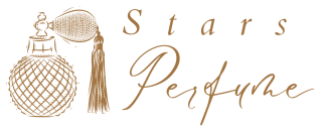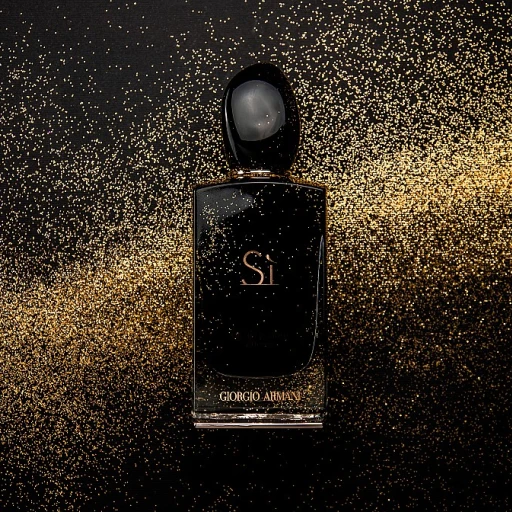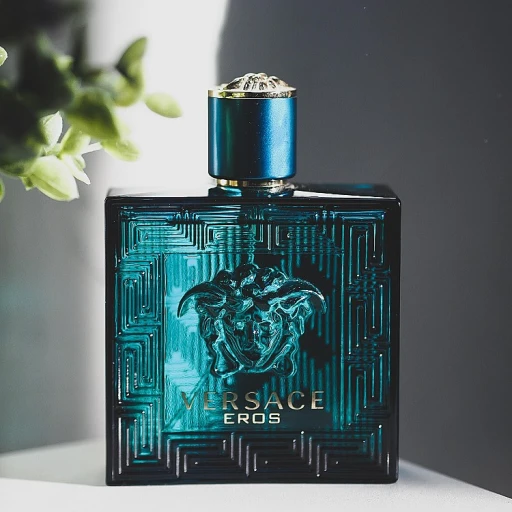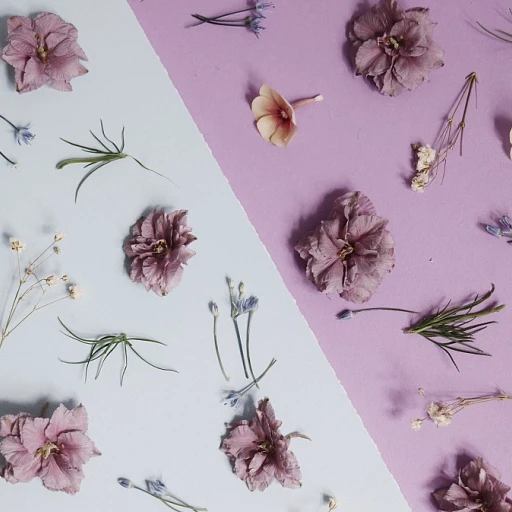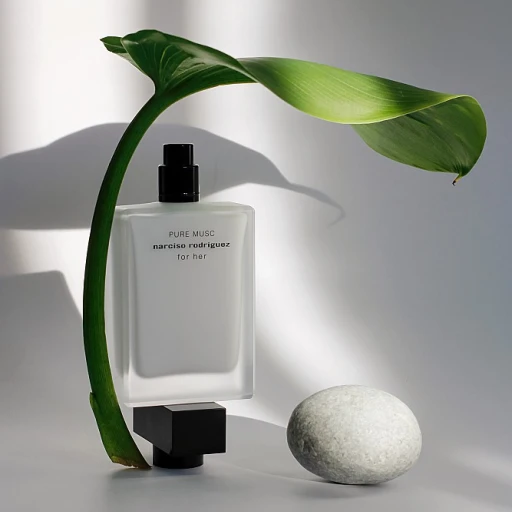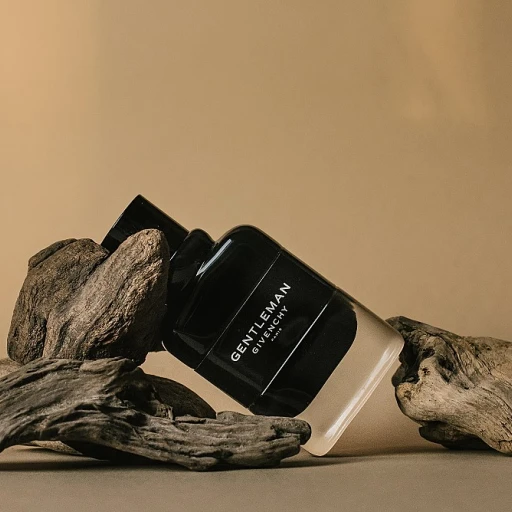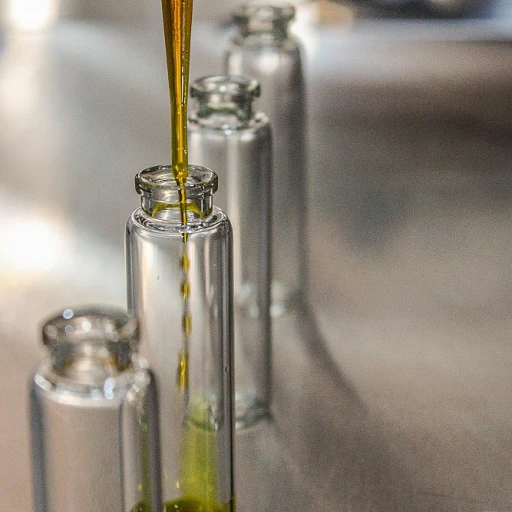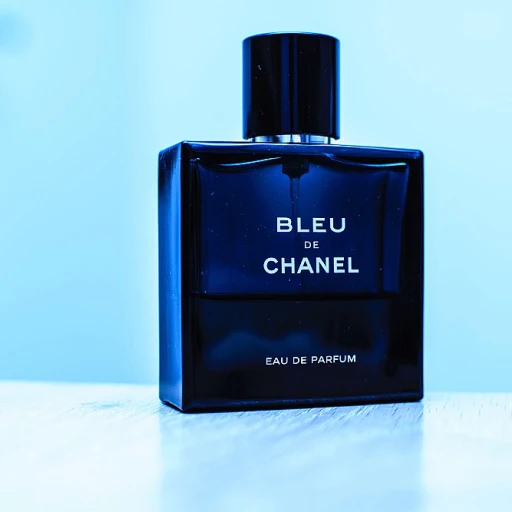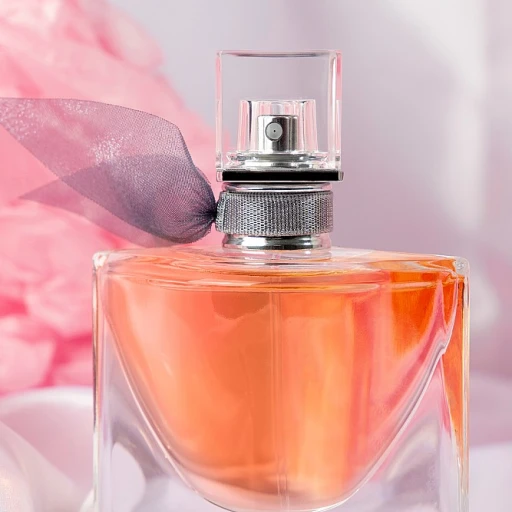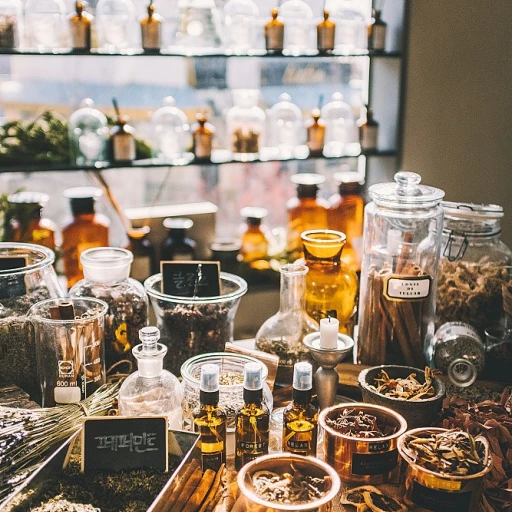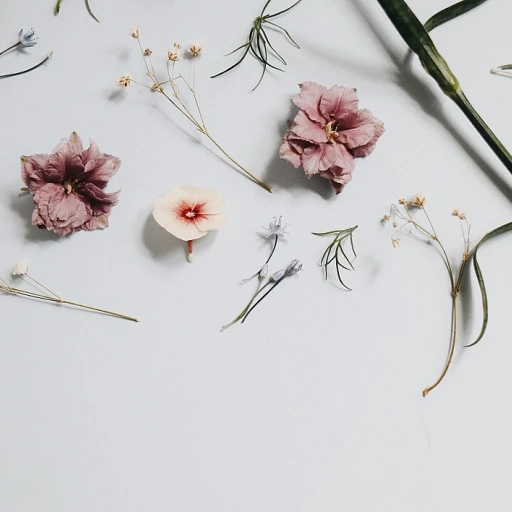
The Basics of Perfume Concentrations
The Essentials of Perfume Concentrations
Perfume concentrations are a fascinating aspect of the aromatic world, determining the intensity and longevity of the fragrance you wear. At its core, the concentration of a fragrance refers to the amount of essential oils in a parfum blend. This concentration affects not only the potency but also the endurance of the scent on your skin, influencing your overall fragrance experience. Concentration is key in understanding the longevity of a fragrance. A high concentration of perfume oils will typically result in a longer-lasting scent, as well as a more intense aroma profile. Conversely, lower concentrations are often preferred for a light and refreshing experience, fading away over a shorter period. In exploring the types of perfume concentrations, one uncovers the artistry behind each fragrance category. From the subtle presence of an "eau fraiche" to the commanding aura of an "extrait de parfum," knowing these categories can guide you in selecting the right fragrance for any occasion. It's crucial to recognize that aromatic compounds and raw materials play a significant role in the formulation of a perfume. The scent's development on the skin—captured in a sensory journey through top, middle, and base notes—can be experienced differently depending on the concentration. For those curious about the historical origins of blending techniques, the ancient mystery unearthed in perfume blending by Middle Eastern dynasties offers a captivating glimpse into the past avant-garde practices that laid the foundation for modern perfumery. By understanding the basics of perfume concentrations, fragrance enthusiasts can embark on a journey that intertwines the senses with tradition, chemistry, and artistry, unveiling the rich tapestry of olfactory delight.Types of Perfume Concentrations
Exploring the Array of Scent Strengths
Among the myriad of perfume options, understanding the types of perfume concentrations can truly elevate your scent experience. Perfume concentrations refer to the amount of aromatic compounds and oils used in the creation of a fragrance, directly impacting the depth, intensity, and longevity of the scent.- Parfum Concentration (Extrait de Parfum): With the highest concentration, typically ranging from 20-30% of aromatic compounds, extrait de parfum offers long-lasting scents. While it offers the richest and most luxurious aroma, it also tends to be more costly than others.
- Eau de Parfum: Often containing 15-20% concentration, eau de parfum is well-loved for its balance between strength and subtlety. It usually lasts around 4-5 hours, providing a more affordable yet enduring fragrance experience.
- Eau de Toilette: This concentration holds 5-15% of essential oils, delivering a lighter and fresher scent that's perfect for everyday wear. Eau de toilette tends to last from 2-3 hours on the skin.
- Eau de Cologne: With a lower oil concentration of around 2-4%, eau de cologne provides a brisk and invigorating aroma that is easy to wear in casual settings.
- Eau Fraiche: With even less oils, under 3%, this type of concentration is more water-based and offers a very light fragrance suitable for those seeking a gentle whisper of scent.
How Concentrations Influence Scent Experience
Understanding How Concentrations Affect Your Scent Journey
When it comes to experiencing a fragrance, the concentration of perfume you choose can make a significant impact on how the scent unfolds and lingers on your skin. The intensity and longevity are directly influenced by the blend of aromatic compounds and fragrance concentration present in the formulation. Perfume oils, often found in the highest concentrations, such as extrait de parfum, provide a rich and deep scent profile. These are typically more potent with longer-lasting attributes. The higher concentration means more oils, allowing the fragrance notes—from top notes to base notes—to develop more fully over a longer period. In contrast, less concentrated formulas like eau de toilette or eau de cologne offer a lighter scent experience. Their relatively lower fragrance oil concentration means a more subtle scent, perfect for those who prefer a more delicate aroma or those who may experience sensitivity with stronger perfumes. These types also offer a more modest lasting effect, making them ideal for short-term wear or occasions that do not require a scent to endure for hours. Additionally, a fragrance's sillage, or the trail of scent left in one's wake, is also influenced by its concentration. Higher concentrations like parfum and eau de parfum tend to envelop the wearer in a more robust scent bubble, while lighter concentrations like eau fraiche, known for their freshness, create a more intimate aura. Selecting the right fragrance concentration is similar to choosing the right emotional landscape; it is a personal voyage tailored to lifestyle and preferences. From the intense allure of an extrait to the breezy appeal of eau cologne, each type provides unique opportunities to express individuality through scent. For those who appreciate the artistry behind perfume creation and concentration, exploring unique fragrance bottles can also enhance your scent experience. This fascination with design brings a visual harmony to the olfactory delight, creating a full sensory marvel. Exploring the artistry of unique fragrance bottles is not just about aesthetics; it's about deepening your understanding and connection to your scent.Choosing the Right Concentration for You
A Journey Through Perfume Personalization
Choosing the right perfume concentration is an essential step for experiencing fragrances that suit your lifestyle and preferences. Understanding the variety of concentrations allows you to better connect with the scents you adore, whether it's the robust aroma of parfait concentration or the subtler embrace of eau fraiche.
With various types of perfume available, each concentration offers a unique fragrance profile and longevity. Extrait de parfum, for example, comprises the highest concentration of aromatic compounds, providing an intense scent and long-lasting presence. Meanwhile, eau de parfum offers a balanced intensity between potency and subtlety, enduring for hours on the skin.
If you prefer a lighter fragrance concentration, eau de toilette and eau de cologne might be your perfect choice. While eau de toilette still carries a potent fragrance profile, it will introduce more top notes at first application, transitioning to middle and base notes over time. Eau de cologne is designed for brief but refreshing scents, ideal for casual wear or hot weather.
The preferences in fragrance concentration can vary depending on one's lifestyle needs and how they enjoy the interplay of fragrance compounds throughout the day. Whether you're drawn to the lasting elegance of perfume oils or the refreshing spirit of an eau fraiche, the right concentration will complement the wearer, creating a personal olfactory narrative.
The Science Behind Perfume Concentrations
Delving into the Chemistry of Fragrance Potency
Understanding the science behind perfume concentrations is pivotal for appreciating how scents manifest and evolve throughout wear. This involves dissecting the symbiotic relationship between aromatic compounds and their carriers. Perfumes comprise fragrant oils, sometimes referred to as raw materials, which are solubilized in a solution of water and alcohol, often known as perfumer's alcohol. The concentration, or the ratio of perfume oils to this alcoholic solution, profoundly influences the fragrance's potency, longevity, and overall character.- Fragrance Oils and Their Role:
- Breaking Down the Structure:
- Alcohol as a Volatile Medium:
- Impact on the Wearer’s Experience:
Trends in Perfume Concentrations
Emerging Trends in Fragrance Concentrations
In the ever-evolving world of perfumes, trends in fragrance concentrations are continuously reshaping the market. These trends are driven by consumer preferences, technological advancements, and a deeper understanding of aromatic compounds. Let's explore some of the key trends that are influencing how perfumes are crafted and experienced today.
- Personalization and Customization: More consumers are seeking personalized scents that reflect their unique identities. This has led to an increase in demand for custom perfume oils and bespoke fragrances, allowing individuals to choose their preferred concentration of oils and aromatic compounds.
- Long-Lasting Scents: There's a growing preference for perfumes with higher concentrations, such as extrait de parfum, which offer greater longevity. These perfumes, rich in base notes and middle notes, can last for hours, providing a lasting scent experience.
- Sustainability and Natural Ingredients: As awareness of environmental issues grows, there is a shift towards using natural raw materials and sustainable practices in perfume production. This trend is influencing the types of perfume concentrations available, with a focus on eco-friendly options.
- Hybrid Concentrations: Perfume houses are experimenting with hybrid concentrations that blend elements of eau de parfum and eau de toilette, offering a balanced scent profile that appeals to a wider audience.
- Minimalist Fragrances: Simplicity is becoming a hallmark of modern perfumery, with minimalist scents that emphasize a few key notes. These fragrances often have a lighter concentration, such as eau fraiche or eau de cologne, providing a subtle yet refreshing aroma.
These trends highlight the dynamic nature of the perfume industry, where innovation and tradition coexist to create captivating scents. As consumers become more discerning, the demand for diverse fragrance concentrations will continue to shape the future of perfumery.
